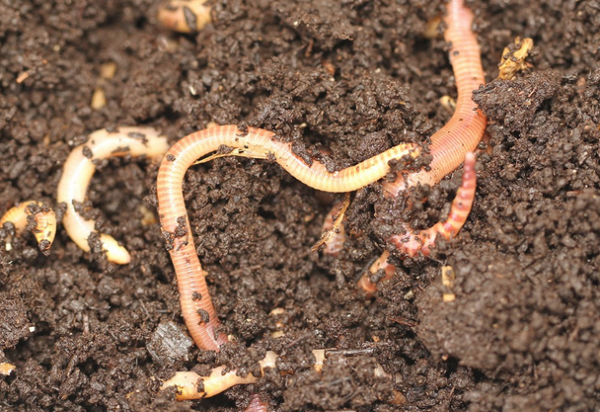\The big one always gets away. Or for me, most of the time.
On Sunday, March 22, 15 members and guests, and one youth, fished our March tournament at Oconee from 7:00 AM until 3:00 PM. We weighed in 48 14-inch keeper largemouth weighing about 100 pounds. There were four five-fish limits and one zero.
Sam Smith re-joined the club and showed us how to do it, with five weighing 16.33 pounds for first. Zane Fleck had four weighing 11.45 pounds for second and his 6.62-pound big one didn’t get away until after it was weighed for big fish. Third was Billy Roberts with five at 9.57, Raymond English placed fourth with four at 9.36 pounds and my four weighing 9.23 pounds was fifth.
Niles Murry’s nephew, Tom Murray, fished with him and won the youth division with a keeper weighing 2.51 pounds.
My day started slowly, with no keepers until 10:00 when I caught a 4.38 pounder on a jig and pig, then a few minutes later I landed a two pounder on the jig. Just before 11:00 I landed my third keeper. Feeling pretty good but knowing I needed two more, I tried some of my best March places without a bite until 2:00.
I had pretty much given up but decided to fish one last place on the way to the ramp. At 2:15 I cast a shaky head to a dock and felt a thump. When I set the hook the fish made a huge boil in the two-foot deep water then ran under the dock around a post.
Somehow it came out without breaking my line. When I got it about ten feet from the boat I saw a bass every bit of eight pounds and got really excited. Then I saw my whole worm hanging on the outside of its mouth, showing it was barely hooked.
It made a surge toward the metal boat lift and I managed to stop it and get it coming to the boat again. I reached down and picked up the net, and suddenly my line went slack. The hook had pulled out.
Although disgusted and heartbroken, I kept casting and landed my fourth keeper on the same shaky head and worm by a grass bed. In desperation, I went back to the big fish dock and cast to it for the last five minutes before I had to leave, but the big one did not bite again.
